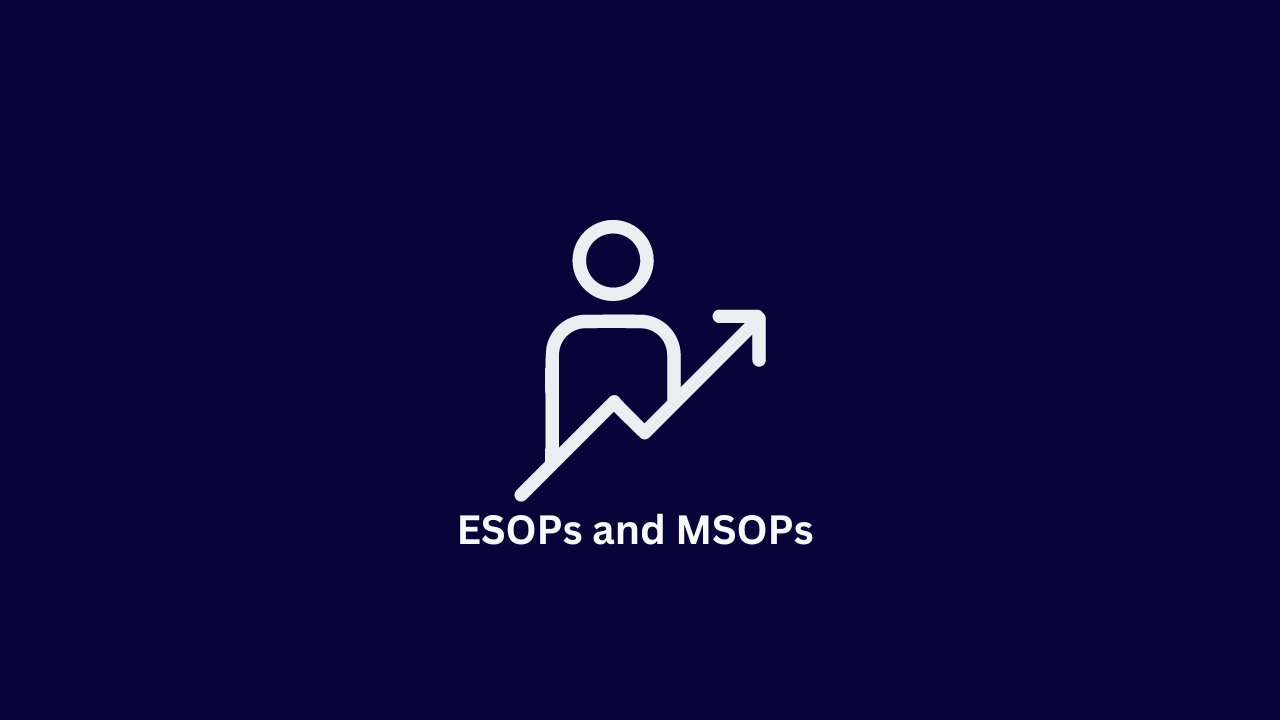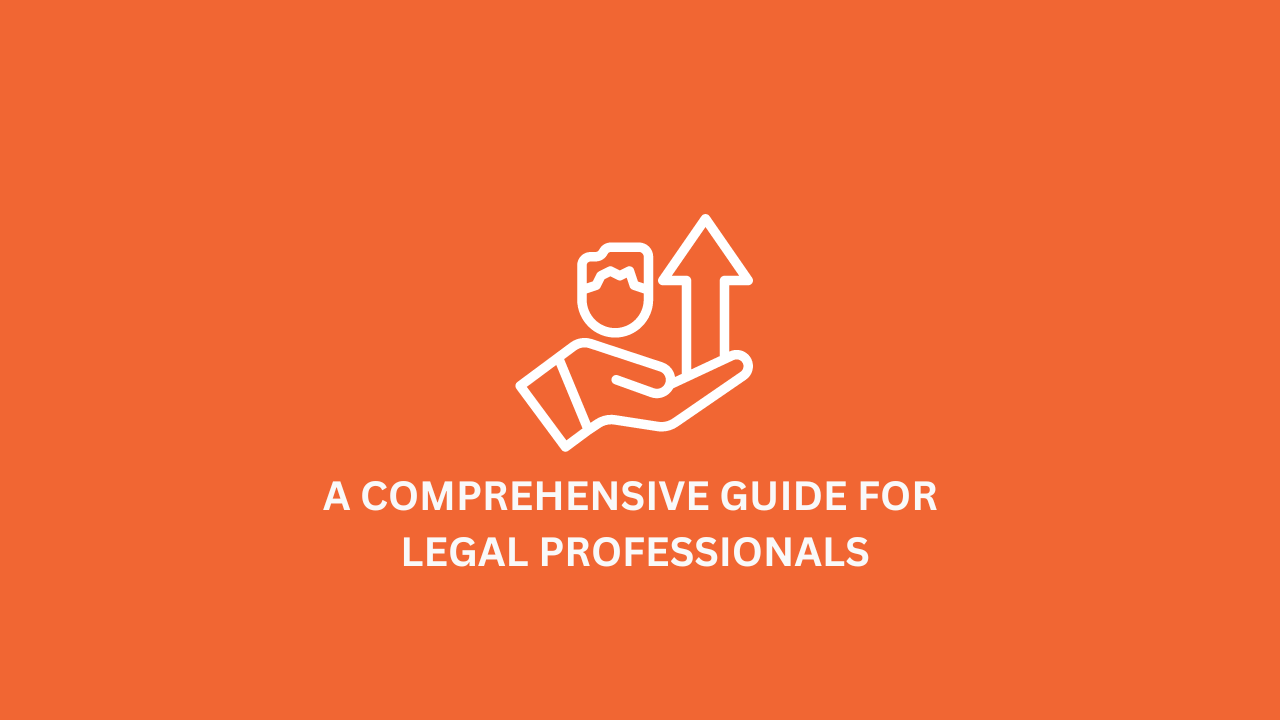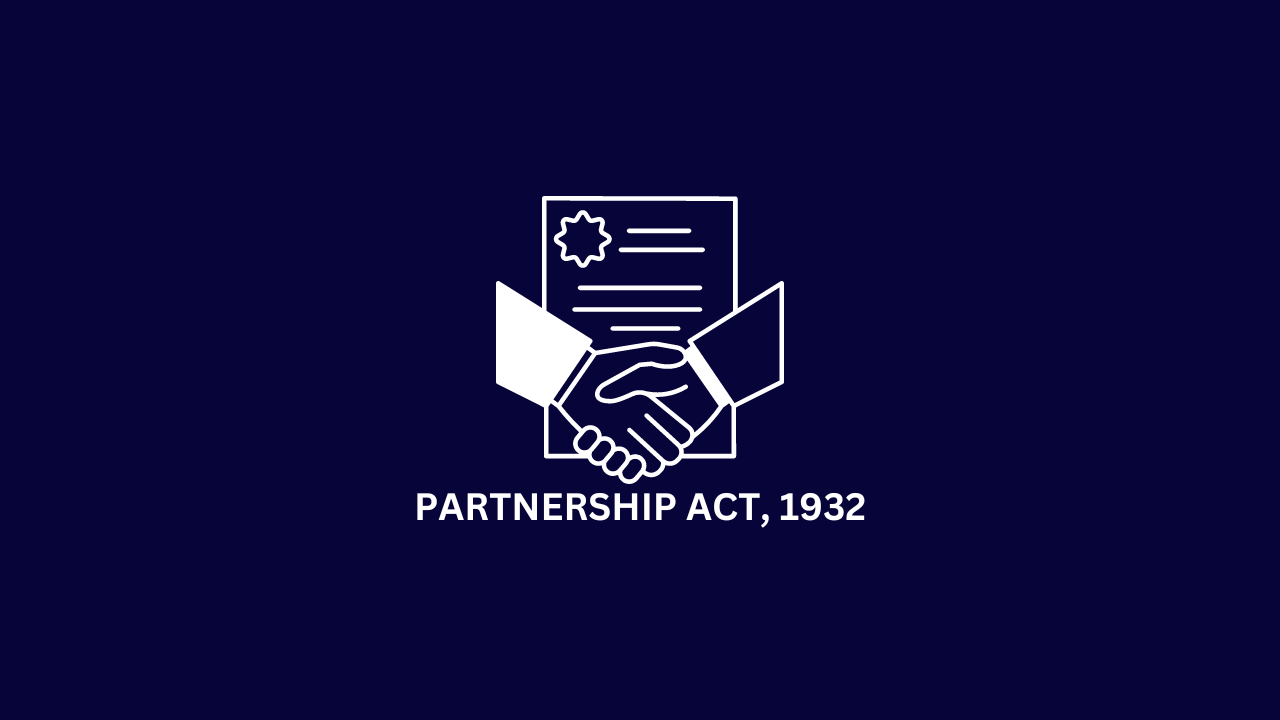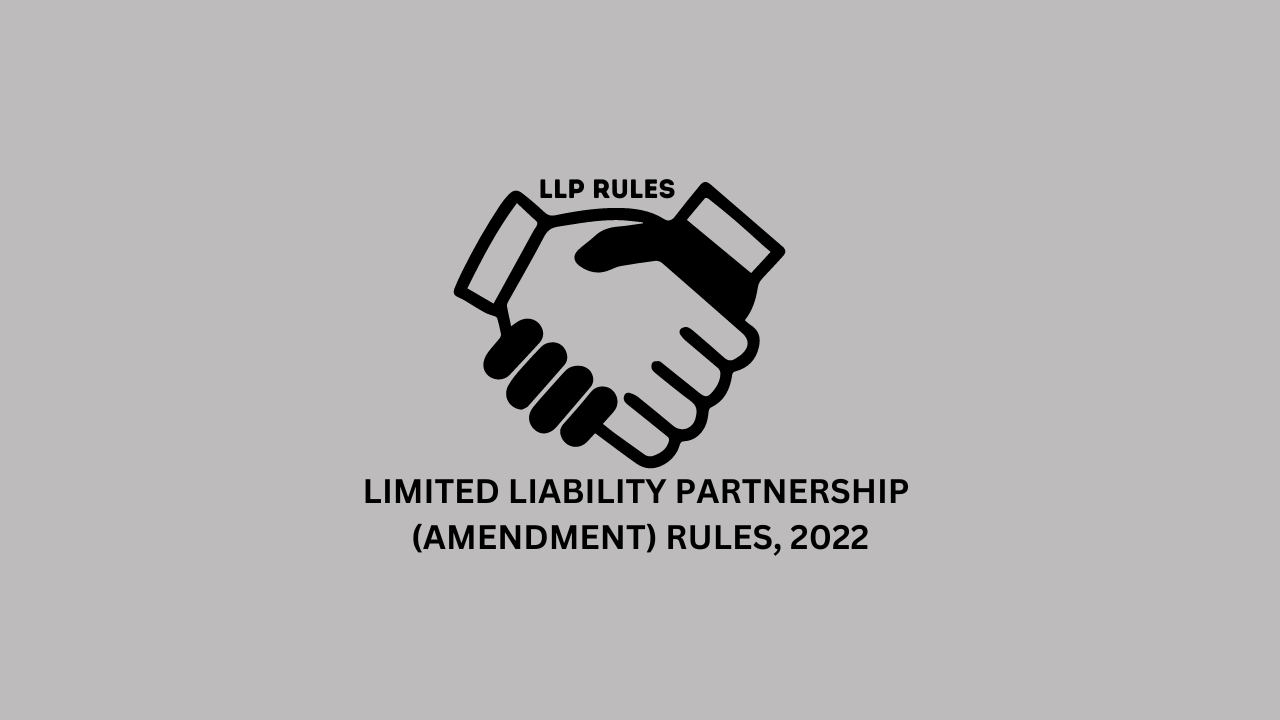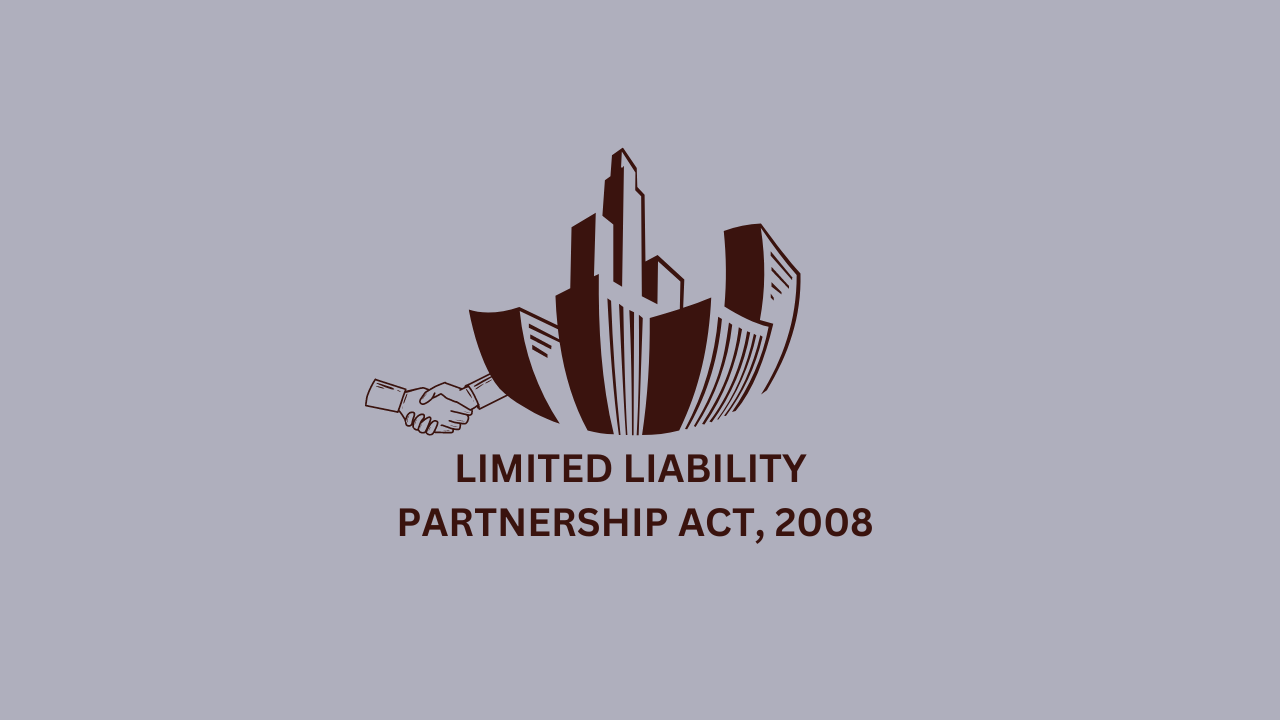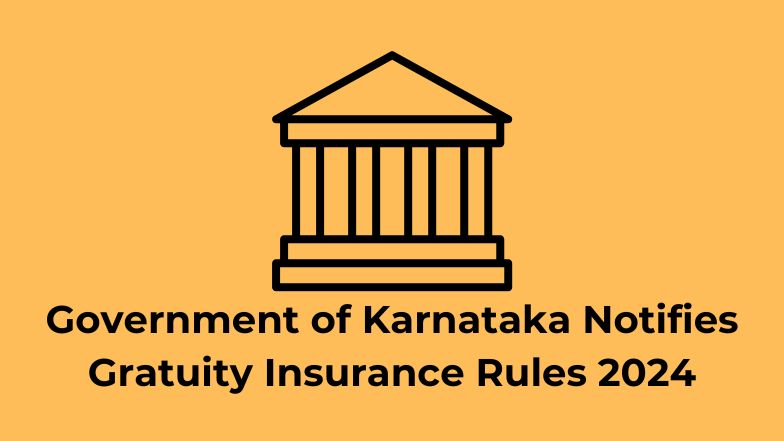
Applicability of Gratuity: According to the Payments of Gratuity Act 1972, gratuity is applicable to employees in various sectors such as factories, mines, oilfields, plantations, ports, railway companies, shops, or other establishments with a staff of 10 or more, or those employed on any day in the preceding twelve months. The full gratuity amount is borne by the employer. The Karnataka government officially introduced the Karnataka Compulsory Gratuity Insurance Rules, 2024 (“Gratuity Rules” or “Rules”) on January 10, 2024. These rules, in conjunction with Section 4-A of the Act, mandate that employers procure insurance to cover their gratuity obligations to employees and register accordingly. It’s crucial to note that even if an employer’s workforce falls below 10 employees, gratuity remains mandatory once the Act applies. Furthermore, it’s important to emphasize that gratuity payments do not come from employees’ salaries.
Employers falling within the scope of the Rules must adhere to specific registration and compliance requirements:
1.Registration Process: Employers must submit an application for the registration of their establishment to the Controlling Authority, which is the Labour Commissioner or Officials authorized by the Labour Commissioner. This application must be in the prescribed format and submitted within 30 days of obtaining insurance (using Form I). The application should include details such as the number of insured employees, the name of the insurance company, insurance policy reference numbers, and the terms governing insurance policies.
1.Timeline for registration New Employers: All new employers are required to obtain an Insurance Policy with correct validity within 30 days from the date on which these Rules become applicable (i.e., no later than 30 January 2024) either from the Life Insurance Corporation of India (“LIC”); or any other insurance company incorporated in accordance with any other law applicable to such insurance companies.
2.Existing Employers: All existing employers of already operating establishments have to acquire a valid insurance coverage within 60 days from the date of commencement of these Rules (i.e., no later than 9 March 2024).
The responsibilities and powers concerning payment, reporting, and authority of the Controlling Authority are outlined as follows:
3. Dispute Resolution and Authority: In the event of disputes, the Controlling Authority designated under the Payment of Gratuity Act, or any other officer appointed by the state government, is vested with the authority to recover gratuity owed to employees. This recovery can be pursued from the Life Insurance Corporation of India (LIC) or any other insurance company that provided the insurance coverage.
Exemptions outlined in the Rules include:
Furthermore, eligibility for gratuity under the Gratuity Act typically necessitates a minimum of five full years of service with the current employer. However, in instances where an employee passes away or becomes disabled due to accident or illness, gratuity must still be provided.
Gratuity is disbursed when an employee:
The gratuity given to employees working in a government sector upon their termination, retirement or superannuation are fully exempted from paying tax. It is applicable to employees of the central government, state government, defense sector, members of civil services and other local authorities.
The income tax exemption on gratuity received is the least of the following three:
The income tax exemption on gratuity received is the least of the following three:
Note:
15 days salary based on the salary last drawn for every completed year of service or part thereof i.e. 15/26.
Number of years in service is rounded off to the nearest full year.
Salary = Basic + DA
Section 36(1)(v) of the tax code allows for a tax deduction on payments contributed to an approved gratuity fund established by the employer solely for employees, within an irrevocable trust. However, this deduction is subject to the provisions outlined in Section 43B(b), which restricts certain deductions to be claimed only upon actual payment.
It is evident from these sections that a provision for gratuity is not eligible for tax deduction unless it is actually disbursed.
Furthermore, Section 40A(7) stipulates that no tax deduction will be permitted for any provision made by the taxpayer towards gratuity payments to employees, whether arising from retirement, termination, or other causes. However, clause (b) of this section mitigates clause (a) by specifying that clause (a) would not apply if the taxpayer makes provisions for contributions towards an approved gratuity fund or for gratuity payments that became due in the preceding year.
Let’s examine the case of Mr. X, who has been employed at ABC Company for 15 years. Upon his retirement this year, Mr. X receives his gratuity, even though ABC Company does not maintain a gratuity fund. Despite this, the gratuity payment is deductible in the current year.
Now, let’s consider a slightly different scenario where a portion of Mr. X’s gratuity is paid during the current year, with the remainder scheduled for payment next year. In this case, the entire amount remains eligible for deduction in the current year, despite being directed towards an unapproved gratuity fund, as long as it becomes payable within the year.
Lastly, let’s take the example of XYZ Pvt Ltd, which employs 50 workers. The company has established a gratuity fund and regularly contributes to it to cover future gratuity liabilities. However, these contributions are only eligible for deductions if the gratuity fund is officially approved.
A pressing concern arises regarding whether payments to insurers, as per the Notification dated January 10, 2024, by the Government of Karnataka notifying the Karnataka Compulsory Gratuity Insurance Rules, 2024 (“Gratuity Rules” or “Rules”), aligned with Section 4-A of the Act, would qualify for deduction in income tax calculations.
The implementation of Karnataka’s Gratuity Insurance Rules 2024 represents a substantial shift in gratuity administration for employers. Adherence to registration, insurance, and reporting criteria is imperative to evade penalties and uphold employee welfare. Employers must additionally manage the tax ramifications of gratuity disbursements and seek clarification regarding deductions linked to insurance premiums. Through comprehension and adherence to these regulations, employers can mitigate liabilities, uphold legal adherence, and protect the welfare of their employees.
When two businesses merge, their boards of directors authorise the union and ask the shareholders for their consent. For instance, in 1998, the Digital Equipment Corporation and Compaq entered into a merger agreement wherein Compaq acquired the Digital Equipment Corporation. Later, in 2002, Compaq and Hewlett-Packard combined. CPQ was Compaq’s pre-merger ticker symbol. The present ticker symbol (HPQ) was created by combining this with the Hewlett-Packard ticker sign (HWP).
In a straightforward acquisition, the acquiring business buys the bulk of the acquired company, which keeps its original name and organisational structure. The 2004 acquisition of John Hancock Financial Services by Manulife Financial Corporation, in which both businesses kept their names and organisational structures, is an illustration of this kind of deal. Six By using a whitewash resolution, the target company may demand that the purchasers guarantee that the target business will continue to operate profitably for a certain amount of time following acquisition.
By merging key operations and doing away with outdated corporate frameworks, consolidation results in the creation of a new corporation. Following their acceptance, shareholders of both firms will get common equity shares in the combined company. The consolidation requires their permission. For instance, the 1998 announcement of a merger between Citicorp and Travellers Insurance Group led to the creation of Citigroup.
In a tender offer, one business proposes to pay a certain amount instead of the going rate for the other business’s outstanding stock. By passing the management and board of directors, the purchasing business makes the offer directly known to the other company’s shareholders. For instance, Johnson & Johnson submitted a $438 million tender offer to purchase Omrix Biopharmaceuticals in 2008. By the end of December 2008, the agreement had been finalised when the company accepted the tender offer.
An asset acquisition occurs when a business directly buys the assets of another business. The shareholders of the company whose assets are being acquired must provide their permission. During bankruptcy procedures, it is common for other companies to bid for different assets of the insolvent company. The bankrupt company is then liquidated upon the ultimate transfer of assets to the purchasing firms.
In a management acquisition, which is often referred to as a management-led buyout (MBO), the executives of one firm acquire a majority stake in another, therefore bringing it private. In an attempt to assist with financing a transaction, these former CEOs frequently collaborate with financiers or former corporate officers. These M&A deals usually require the approval of the majority of shareholders and are financed mostly through debt. For instance, Dell Corporation declared in 2013 that its founder, Michael Dell, had purchased the company.
